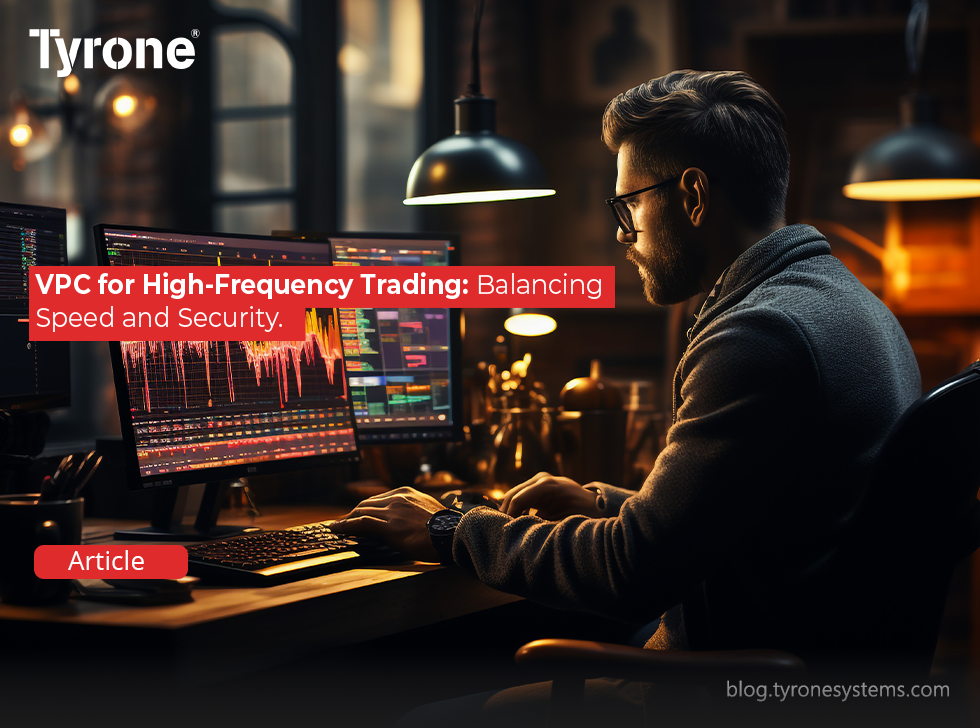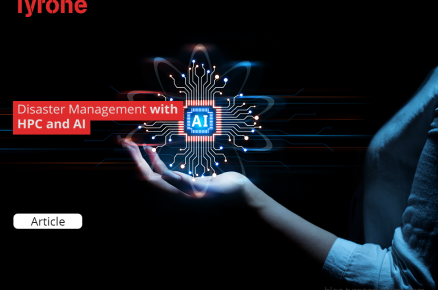Introduction
In the dynamic landscape of high-frequency trading (HFT), the need for rapid execution is non-negotiable. However, this urgency must be balanced meticulously with robust security measures to safeguard critical financial data. Virtual Private Clouds (VPCs) have emerged as a pivotal solution, offering a delicate equilibrium between speed and security, thereby furnishing a competitive edge to stakeholders entrenched in the HFT domain.
The Need for Speed in HFT
High-frequency trading entities navigate through millions of transactions daily, each executed in microseconds. Even the slightest delay, such as a mere millisecond, can have substantial financial ramifications. As per a study by the TABB Group, a mere one-millisecond advantage in trading applications can potentially translate to a staggering $100 million annually for a major brokerage firm.
The Role of VPC in HFT
A VPC delineates a bespoke virtual network within a public cloud, furnishing a fortified milieu for HFT operations. It enables firms to instantiate resources within a logically segregated cloud enclave, safeguarding their trading algorithms and data from external encroachments.
Enhanced Security
Security stands as an indispensable facet in the realm of HFT. VPCs proffer a suite of robust security features comprising:
1. Network Access Control Lists (NACLs): As a firewall, NACLs regulate traffic at the subnet level.
2. Security Groups: These entities govern inbound and outbound traffic to resources, with the flexibility to curtail access solely to requisite services.
3. Private Subnets: These secluded subnets remain impervious to internet ingress, thereby fortifying critical trading systems against external perils.

Low Latency Networking
VPCs can be meticulously configured to engender low-latency networking, a pivotal requisite for HFT operations. Firms can effectively mitigate latency by utilizing dedicated network appliances and direct connections. For instance, Amazon Web Services proffers AWS Direct Connect, a conduit that circumvents the internet, conferring a more consistent network experience.
Balancing Act: Speed vs. Security
While speed constitutes a paramount consideration, it cannot be pursued at the expense of security. VPCs epitomize a symbiotic fusion of both realms, allowing firms to deploy HFT systems within a fortified milieu while configuring the network for optimal velocity.
Advanced VPC Features
Beyond the fundamental security measures and low latency networking capabilities, VPCs offer advanced features that further enhance their utility in the HFT landscape.
1. Encryption: VPCs facilitate data encryption in transit and at rest, ensuring comprehensive data protection throughout the trading process.
2. Scalability: With the elasticity inherent in cloud infrastructure, VPCs enable seamless scalability, allowing HFT firms to accommodate fluctuations in trading volume without compromising performance or security.
3. Compliance: VPCs can be configured to adhere to stringent regulatory requirements governing the financial industry, thereby ensuring compliance with standards such as PCI DSS and GDPR.
Best Practices for VPC Implementation in HFT
To fully harness the potential of VPCs in the context of HFT, firms should adhere to a set of best practices:
1. Comprehensive Security Policies: Develop and enforce robust security policies tailored to the unique requirements of HFT operations, encompassing access controls, encryption protocols, and incident response procedures.
2. Performance Monitoring: Implement proactive performance monitoring mechanisms to identify and address potential latency bottlenecks, ensuring consistent and reliable trade execution.
3. Disaster Recovery Planning: Formulate comprehensive disaster recovery plans to mitigate the impact of unforeseen events such as system failures or cyber-attacks, thereby ensuring business continuity during disruptions.
Future Trends in VPC Adoption in HFT
As the HFT landscape continues to evolve, several trends are poised to shape the future trajectory of VPC adoption:
1. Edge Computing Integration: The integration of edge computing technologies with VPCs will enable HFT firms to execute trades with even lower latency by processing data closer to the point of origin.
2. AI and Machine Learning Integration: Integrating AI and machine learning algorithms within VPC environments will empower HFT firms to derive actionable insights from vast volumes of trading data, facilitating more informed decision-making processes.
3. Hybrid Cloud Deployments: The adoption of hybrid cloud architectures, leveraging both public and private cloud resources, will enable HFT firms to strike a balance between scalability and security, thereby optimizing their trading infrastructure.

Conclusion
In the high-stakes arena of high-frequency trading, adopting Virtual Private Clouds (VPCs) represents a strategic imperative for firms seeking to gain a competitive edge. By harnessing the advanced features of VPCs, including enhanced security, low latency networking, and scalability, HFT entities can optimize their trading infrastructure while mitigating risk. As the HFT landscape continues to evolve, VPCs will remain at the forefront of technological innovation, enabling firms to navigate the complexities of the market with agility and resilience.












